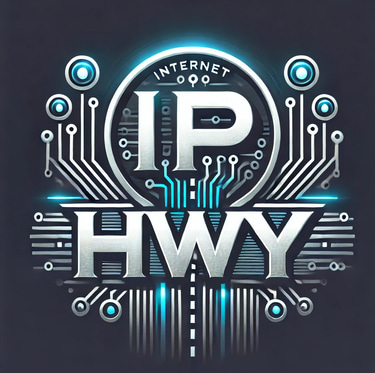AI in CyberSecurity.... Let's Cut Through the Hype
AI in Cybersecurity --> What’s Real, What’s Hype ?
Jim Leone
7/13/20252 min read
Let’s be honest, AI is the hottest acronym in the room.
Vendors plaster it across their marketing. CISOs get asked about it in board meetings. And every product roadmap now includes “AI enhancements” like it’s the secret sauce to cybersecurity nirvana.
But as someone managing a SOC in the real world... juggling threat intel, compliance, alert fatigue, and overlapping tools, I’ve seen what actually works... and what’s still smoke and mirrors.
Let’s break it down--> Where is AI delivering real value? Where is it overhyped? And how should security teams approach it in 2025?
Where AI Is Actually Helping
1. Anomaly Detection
AI and ML models are great at baseline behavior detection, especially when tuned for your environment.
Real-world example --> We use DarkTrace, Varonis, and Fortinet behavioral analysis to spot unusual login patterns to surface lateral movement attempts that would otherwise be buried in noise.
2. Alert Noise Reduction
Platforms like BigPanda use AI to group related alerts, deduplicate noise, and correlate symptoms across tools.
Instead of 500 alerts for the same root cause, we get 1 incident with context, and fewer burned-out analysts.
3. Automated Triage & Enrichment
Using SOAR tools (like Rapid7 or Palo Alto XSOAR), AI can enrich alerts with threat intel, geolocation, and user behavior before an analyst even touches the ticket.
This saves minutes per alert, and hours per day, freeing up the team for actual investigation.
4. Phishing Detection
AI-enhanced email gateways like MimeCast, Proofpoint, or Microsoft Defender can scan for suspicious language, spoofed domains, and odd metadata patterns beyond just signatures.
The days of relying solely on blocklists are over.
Where AI Appears To Fall Flat (for Now)
“Autonomous Response”
The idea of AI systems autonomously blocking or isolating assets still requires heavy supervision. Too many false positives = too much risk.
Reality--> You still need a human in the loop, especially for anything that impacts users or operations.
“One-Click AI SOCs”
There’s no AI button that runs your SOC. Some vendors pitch fully autonomous detection → response → remediation pipelines. But they fail in environments with nuance, legacy systems, or hybrid networks (aka, most of us).
“Chatbots for Incident Response”
Yes, generative AI is great for documentation, summaries, and maybe parsing logs. But it’s not ready to replace a tier-1 analyst. Not by a long shot.
Adopt AI Wisely...
Start with Pain Points Ask--> Where are we wasting time? Where are we buried in noise? Then target AI that solves that problem.
Insist on Explainability If your AI tool can’t explain why it flagged something, you can’t defend it in an audit or during an incident review.
Integrate Gradually Start with AI that assists, not replaces, triage, enrichment, correlation. Build trust before automation.
Don’t Forget the People AI should augment your team, not shrink it. Analysts trained to understand AI output will outperform tools every time.
AI isn’t magic. But it’s also not vaporware.
In the right places... noise reduction, behavioral detection, triage assistance, it’s already helping security teams level up.
Just don’t fall for buzzwords and promises of an “autonomous SOC.” Security is still a human game. AI is just one of the tools helping us play smarter.
The IP HighWay
Stay updated with the latest IT security news.
info@iphwy.com
© 2025. IPHwy LLC. All rights reserved.



